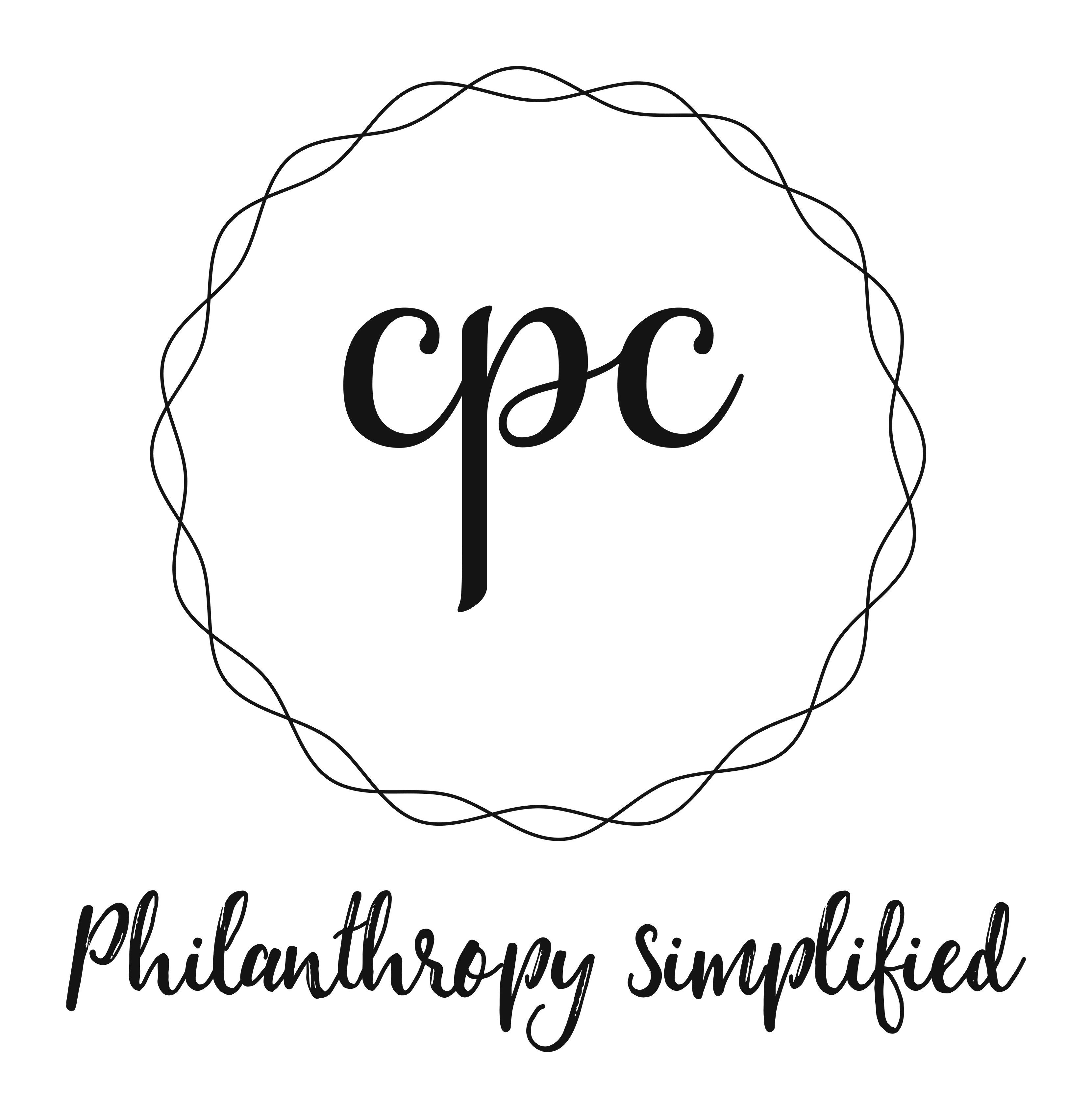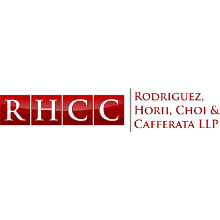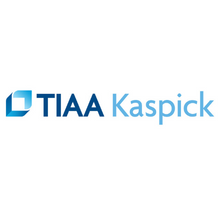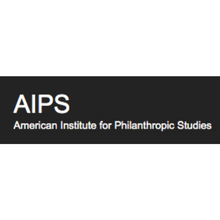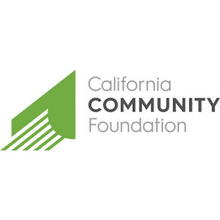- Home
- About Us
- Membership
- Events
- Conference
- Sponsors
- Resource Center
|
Welcome to the LACGP Newsletter. This e-newsletter is sent out on a monthly basis. The e-newsletter provides links to this page. Please see below for the items that appeared in the December 2020 issue.
By Patience Boudreaux As I look back on 2020, I find myself drawn to the idea of recognizing a (perhaps) unsung group of LACGP heroes: our Partners who sponsor our programming and organization. I’m sure you have seen us mention them at meetings – this is something we’ve always strived to do in a way that highlights WHY you should care about the offerings and expertise offered by sponsors. You likely looked forward to stopping by their booth at the Western Regional Planned Giving Conference to hear what their new offerings are and catch up with these people who have served your programs… as well as grab some swag (as a CSPG graduate, I proudly only use the American Institute for Philanthropic Studies highlighters). What you might not understand is the role that sponsorships play in the broader context of LACGP. We are an organization that is supported by membership dues, event fees, and Partners who provide sponsorships. Our Partners have helped us keep WRPGC one of the most economical multi-day conferences in the nation without sacrificing the quality of our line-up. Our partners also help us bring national-level speakers to our General Meetings (FYI: Bill Stancyzkiewicz from Indiana University’s School of Philanthropy will be a featured speaker at our March 21 meeting thanks to the support of Northern Trust). Moreover, our Partners offer up their own expertise and insight as speakers, mentors, and authors to help ensure we are up-to-date on trends and laws related to gift planning. Together, LACGP and our Partners make all of our invaluable work possible. With all their contributions in mind, we’re making a shift for 2021. We will not only be referring to those who provide sponsorships as Partners – a true reflection of their role with LACGP – we will be working to help our members understand how LACGP Partners can help them achieve their goals. We don’t ask just anyone to be a Partner; we reach out to organizations who are credible leaders in their industries. If you or a client/donor have a need for estate planning, tax & financial advising, or asset appraisal, we have Partners who have literally decades of experience in meeting these needs within our Southern California community. When your budgets become tight or positions get cut, we have marketing, consulting, and strategy Partners who can provide insight and ideas to help you make the most of your resources. I encourage every member of our community to consider the issues or questions 2020 has forced you to face at your organizations and then explore whether there’s a LACGP Partner who could help you answer your questions. Feel free to reach out to us at [email protected] if you need help identifying which Partners can best serve your needs. We – and more importantly they – are here to be of service. Looking Through a Cloudy Crystal Ball at Future Tax Legislation By Bill Hranchak, Partner, Temo Arjani LLP With a new administration set to take over in the White House shortly, we asked Bill Hranchak to provide an analysis of what we might expect in terms of changes in tax law and how it may affect philanthropy and planned giving. Some say the best way to characterize Joe Biden’s tax plan would be to say he wants to reduce taxes on low-income working people and raise taxes on high-income people and corporations. Following are some parts of the plan impacting the high-income people who may be your donors. Income tax
Estate Tax and Wealth Tax
However, Presidents cannot raise taxes independently. Even if the January 5th runoff elections in Georgia result in Democrats controlling both houses of Congress, compromise is expected -- even among the House Democrats. And with the 2022 election already in sight, progressive attitudes are expected to be tempered. While some commentators say a general rule is to accelerate income and defer deductions, a multi-year tax projection is needed to confirm the tax benefits of such a strategy. Complicating any decisions may be the possible imposition of the wealth tax and estate tax changes. In addition to the above proposals, legislation is still on the table for some form of an expanded universal charitable deduction. The Universal Giving Pandemic Response Act (S. 4032, HR 7324) includes an increase in the $300 cap to 1/3 of the standard deduction. Also, there is bipartisan retirement legislation in the House, referred to as Secure Act 2.0, which includes modified language from the Legacy IRA Act that would provide for IRA Charitable Distributions to charitable remainder trusts and charitable gift annuities. The Tax Cuts and Jobs Act of 2017 which was enacted during the current administration was not signed into law until December 22, 2017, and was generally effective for tax years beginning in 2018. However, retroactivity is always a possibility with tax legislation. While uncertainty about future tax changes may cause some donors to hesitate, it should not discourage you from engaging with them. Gifts are usually motivated by more than just tax savings. How Can You Help Your Donors at the End of the Year? By Aaron Levinson It’s December! You know what that means, right? 2020 is almost over. Big sigh of relief. But what about your donors who may still be looking for some sort of tax advantage this year by donating to your organization? How can you make sure they take advantage of every opportunity? After all, according to a recent study (by Nonprofits Source, a digital marketing consultant for nonprofits), from December 29 through December 31, nonprofits receive 10% of their entire annual giving! And even though many donors are not itemizing their deductions when they file taxes, there still seems to be the rush to get donations in before the year ends. Do you know what the rules are for end-of-year donations? Let’s review. Most people believe that donations by checks need to be postmarked by midnight on December 31 to be counted in that year’s tax deductions. In fact, as long as the donor puts the check in the mail before the end of December 31, that is sufficient. Thus it’s somewhat on the honor system. Hopefully your donors are all honest! If your donor makes a contribution by credit card, the transaction must be completed by the end of December 31 as well. Your organization may acknowledge the gift in the following year (hopefully soon after January 1). Many donors like to make contributions of stock (especially appreciated stock). The gift is considered complete only when the funds are transferred from the donor’s account into another the charity’s account. The electronic transfer of ownership happens almost instantaneously with investment securities. Many large charities have their own brokerage accounts, so transferring securities from a donor’s account to the charity’s happens as soon as the donor (or their broker) submits the order. If a charity does not have a brokerage account and the donor is concerned about donated stock counting toward this year’s deduction, they should consider contributing through a donor-advised fund. Even though required minimum distributions from individual retirement accounts have been suspended for 2020, many donors may still wish to make qualified charitable distributions. If you have donors who may be interested in this, they should reach out to their IRA administrator at least a week (and preferably two weeks) before the end of the year to ensure that the transaction is done in a timely manner this year. Finally, some donors may wish to complete a charitable gift annuity in 2020. Make sure the donor has signed the gift annuity agreement and has turned over the funds for the gift annuity during 2020 in order for the gift to count this year. I recall working with a donor for four weeks a few years ago before finally closing a charitable gift annuity at 4:30 pm on New Year’s Eve! The issue hinged on the donor being able to liquidate an investment that would fund the charitable gift annuity. The timing was a little too close for my comfort, but we got it done in time and the donor was thrilled. Remember that your donors are looking to you for the expertise on rules like these. Be prepared so that you can guide them. Also, don’t forget to ask for the gift well before the end of the year because there is probably so much on our donors’ minds that they simply may forget to make their contributions! This has been, after all, a strange year. Let’s hope next year is better. Partner Spotlight - California Philanthropic Consulting
Offering culturally competent, no-nonsense philanthropic consulting services to individuals, families, private foundations, nonprofits, for-profit businesses and trusted advisors, CPC's mission is to use a social justice lens to make connections and simplify the act of giving while ensuring impact in our most vulnerable communities. We help individuals, families and private foundation clients enhance their tax benefits as we guide them along their philanthropic journey. We support nonprofits by assisting them in building capacity, diversifying their revenue streams and stewarding their donors through thoughtful and effective planned giving, development and legacy programs. Finally, we partner with businesses to enhance their corporate social responsibility programs for their employees, increasing employee satisfaction and demonstrating their corporate values. With decades of income, gift, and capital gains and estate tax planning, planned giving and development experience, CPC collaborates with stakeholders across the spectrum of philanthropy. |


